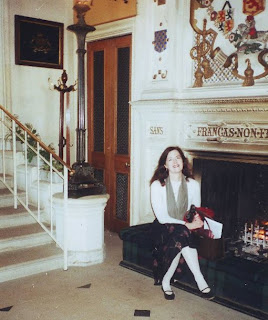Oldies and Goodies: Zane Grey

I’ve been on an “oldie” reading kick of late, spurred in part by my Ladies Lit book club’s selection of Zane Grey’s Riders of the Purple Sage as our October book. Published in 1912 and set in southern Utah in 1871, the novel is an eye-opener on a number of levels. Zane Grey is credited with launching “the western” as a literary genre. The East (which at that time extended up to Missouri) was fascinated by things western, and especially so in the years following publication of Riders. Grey brought to life the hard-bitten characters of the Old West, the gunman, the cowboy, the strong but ruffly female. Reading the work now may be a study in stereotypes and cliches about character, but Grey had a tale to tell and he told it the only way he knew how. Riders addresses the issue of the Mormons in Utah, the prejudice they endured because of their practice of polygamy and the prejudice they inflicted on the non-Mormon “Gentiles.” “That year, 1871, had marked a change which had been






